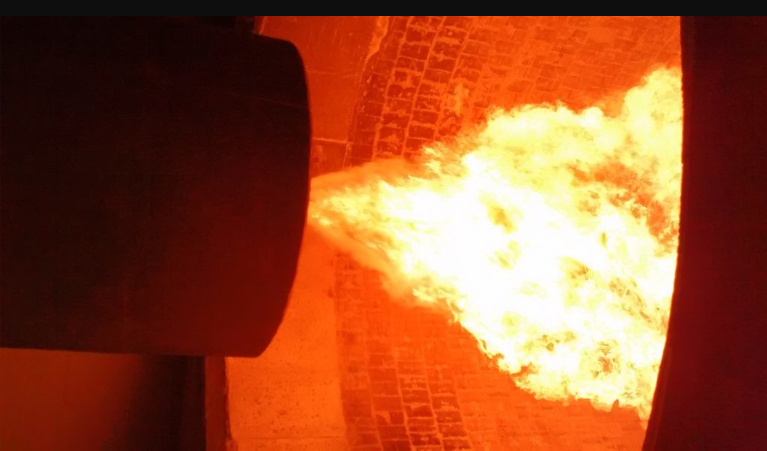Contents
Everything you need to know about Combustion in Kiln for Cement. by Juan Ortega

CLICK HERE NOW TO DOWNLOAD 25 MOST IMPORTANT BOOK EVER MADE IN CEMENT INDUSTRY & EXCEL SHEETS FOR OPERATION CALCULATIONS.
Those of us who work in the cement industry know that combustion is part of one of the main processes in Clinker production.
What is combustion?
From the point of view of the classical theory, combustion refers to the oxidation reactions that occur quickly, of materials called fuels, formed mainly by carbon (C) and hydrogen (H) and in some cases by sulfur ( S), in the presence of oxygen, called the oxidizer, and with great heat release.
From a functional point of view, combustion is the set of physical-chemical processes by which part of the internal energy of the fuel (chemical energy) that is manifested externally in the form of heat is released in a controlled manner, to be used within an kiln or a boiler.
The reactions that occur are the following:
As we see for the purposes of clinkerization, it is more important to be interested in the functional part.
A complete combustion is defined when the fuel burns completely reacting with oxygen, producing a limited number of products and a blue oxidant flame.
In theory, that is impossible to happen, unless the reactions occur in totally controlled situations such as, for example, in a laboratory.
In the case of incomplete combustion of a hydrocarbonate, the main effect is the production of carbon monoxide (CO) and the consequent reduction of the heat released by burning carbon.
Thus, any burner that works with an insufficient mixture between the fuel and the comburent will produce carbon monoxide (CO) causing a significant drop in the efficiency of combustion. In a cement kiln, that means the formation of “reducing zone” which would cause the “cooling of the kiln” destabilizing the process.
To control the efficiency of combustion, there are control and measurement instruments such as gas analyzers in the chamber (kiln inlet) that normally controls the combustion of the main burner and the gas analyzer in the upper part of the preheating tower or cyclones, which controls the combustion of the pre-calciner.
It is essential to guarantee the reliability of this measuring instrument that, in addition to guaranteeing the stability of the process, consequently supports the final quality of the product and the care of the environment by reducing oxidizing gases to the atmosphere.
What other negative effects cause an inefficient combustion?


